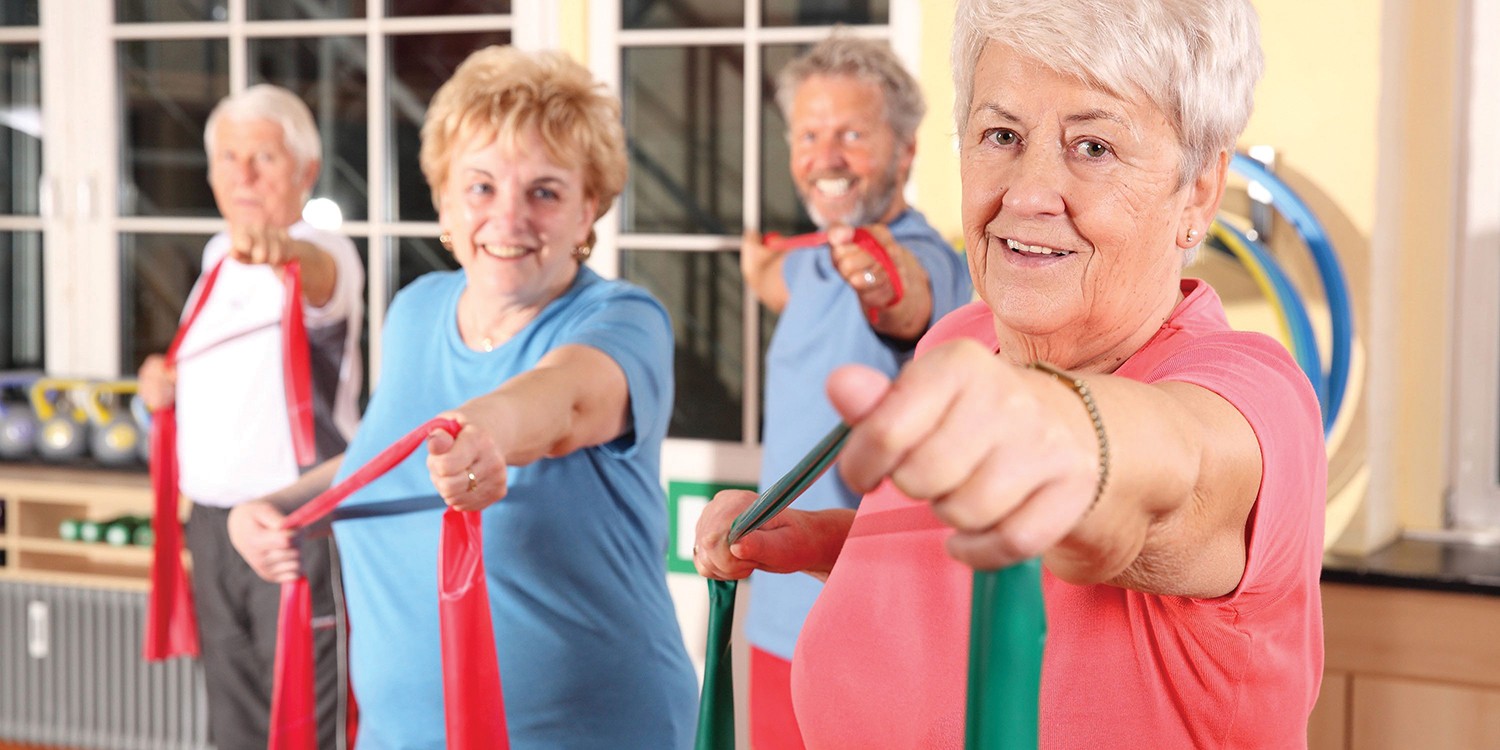Celebrating Older Americans

80 is the New 60!
Thanks in large part to scientific advances, there are now more people 60 or older than ever before. Over 900 million people, or 12 percent of the earth’s inhabitants, are in their golden years. Increasing life expectancies also means that the global population of people 80 and older will more than triple by 2050.
May celebrates Older Americans Month. It was established in 1963, when only 17 million living Americans had reached their 65th birthday. About a third of older Americans lived in poverty then, and there were less assisted services to meet their needs. A meeting in April of 1963 between John F. Kennedy and members of the National Council of Senior Citizens led to designating May as “Senior Citizens Month,” the prelude to “Older Americans Month.”
Historically, Older Americans Month has been a time to acknowledge the contributions of the past, as well as the present. In particular, the members of the United States Armed Forces were well-deserving in receiving such acknowledgments. Every president since President Kennedy has issued a formal proclamation during or before the month of May asking that the entire nation pay tribute to this honorable recognition.
Today Older Americans Month is celebrated across the country through ceremonies, events, fairs, and other such activities. The Administration for Community Living leads our nation’s observance each year. In addition to this month-long celebration, the 26th National Senior Health & Fitness Day® will be held this year on Wednesday, May 29th. The common goal for this day: to help keep older Americans healthy and fit. Seniors are encouraged to engage in activities that promote learning, health, personal enrichment, and contributing their time, talent, and life experience to benefit others.
National Senior Health & Fitness Day® festivities will be held at more than 1,000 locations across the country this year. Those wanting to hold an event for National Senior Health Fitness Day should go to www.fitnessday.com to register.

Tips for Life Longevity
- Don’t smoke
- Enjoy physical and mental activities every day
- Eat a healthy diet rich in whole grains, vegetables, and fruits, and substitute unhealthy saturated fats and trans fats for healthier monosaturated and polyunsaturated fats
- Take a daily multivitamin, and be sure to get enough calcium and Vitamin D
- Maintain a healthy weight and body mass index
- Challenge your mind by continually learning and trying new activities
- Build a strong social network
- Follow preventative care and screening guidelines
- Floss, brush, and see a dentist regularly
- Control the potential long-term side effects of chronic conditions such as blood pressure, osteoporosis, or high cholesterol

Age Healthy
Whether you’re concerned about weight gain, sex drive or chronic diseases, the key to healthy aging is a healthy lifestyle. Eating a variety of nutritious foods, practicing portion control and including physical activity in your daily routine can go a long way toward promoting healthy aging.
Making a few changes in lifestyle can help expand your lifespan. A recent study found that four bad behaviors – smoking, drinking too much alcohol, not exercising, and not eating enough fruits and vegetables – can hustle one into an early grave. Getting fewer than three servings of fruits and vegetables a day can hurt. Nutritional diets filled with fiber and vitamins, including fresh fruits and veggies, can lower your risk of heart disease by 76 percent and may even play a role in decreasing your risk of breast cancer.
Leaving a little bit of food on your plate may be a good idea. A study by author Dan Buettner found that the oldest Japanese people stop eating a meal when they feel about 80 percent full. St. Louis University researchers have confirmed that eating a low-calorie, yet nutritionally balanced diet helps slow the aging process. The 2008 study limited calories which lowered production of T3, a thyroid hormone that slows metabolism. Lower T3 levels may slow down the aging process by reducing the body’s metabolic rate as well as oxidative damage to cells and tissues.
Focusing on fitness and adding exercise into your daily routine, along with a healthy diet, may be the closest thing we have to the fountain of youth. A 2008 study found that regular high-intensity exercise (such as running) can add up to four years to your life. Even moderate exercise, such as a quick, 30-minute walk, can lower your risk of heart disease.
As comedian George Burns once said, “You can’t help getting older, but you don’t have to get old.” He was right and following these basic tips can help get you on the right track. For more information, see your physician to schedule an annual physical exam. Generally, such an exam should include asking about your health history, checking vital signs, getting a physical exam, and a complete blood count and complete metabolic panel. It is important to see your family physician to help you with developing an exercise plan and nutritional recommendations that best fit your individual needs.
Sources: fitnessday.com, acl.com, sciencedaily.com, heartcareassoc.com






